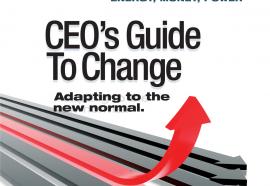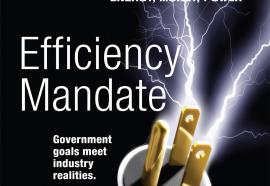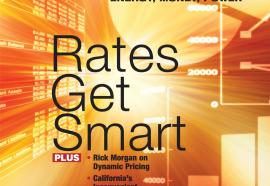Smart-Grid Strategy: Quantifying Benefits
Modeling the value of various technologies and applications.
As utilities announce new smart-grid programs, they need a strategic method for quantifying benefits. Analytical models generate baseline benefit estimates and reveal big-picture trends. Decision makers need the best resources available to mitigate risks in choosing a smart-grid strategy.










